Amaven discusses the future of sport at ‘A New Strategy for Sport: A Different Approach’ conference
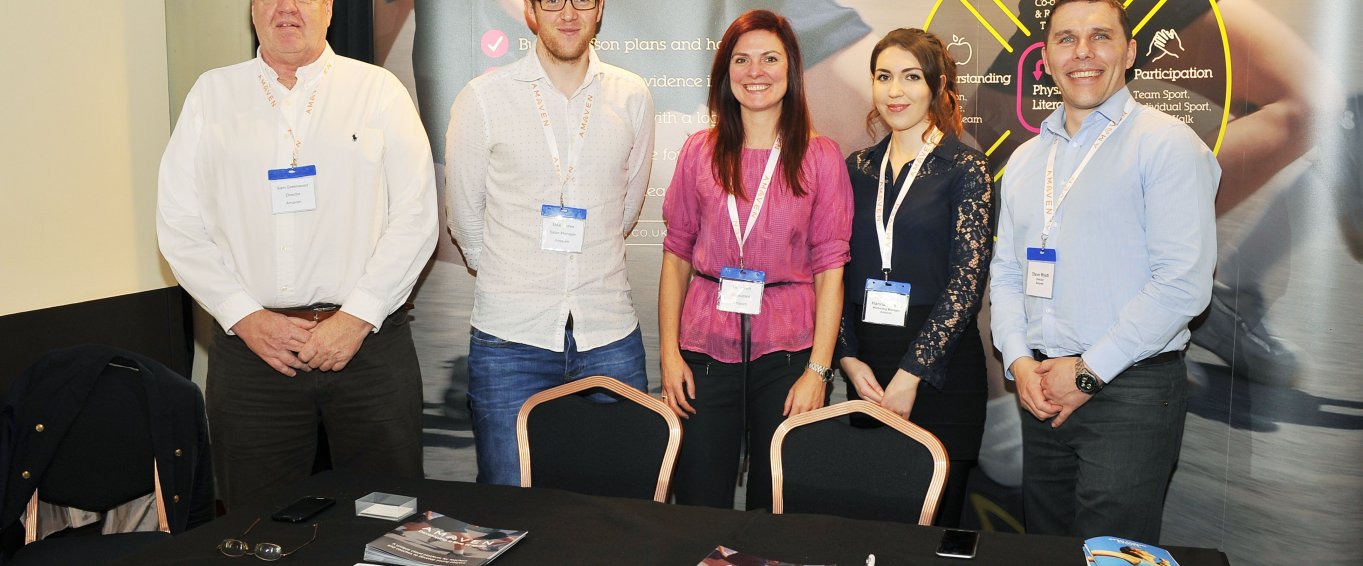
In December 2015, the government published its first strategy for improving sport in the UK since 2002. The focus was on increasing participation in sports for everyone in the country to create a healthier and happier nation.
Following this, ‘A New Strategy for Sport: A different Approach’ was one of many conferences held throughout the country over the next year, whereby leading voices and professionals from exercise, sport and fitness arenas come together to deliberate the future of sport in the UK. Amaven was the gold sponsor for the event, exhibiting a stand at the conference where we had the chance to meet likeminded professionals to discuss how the Amaven platform could work collaborate with them on sporting projects.
The power of sport
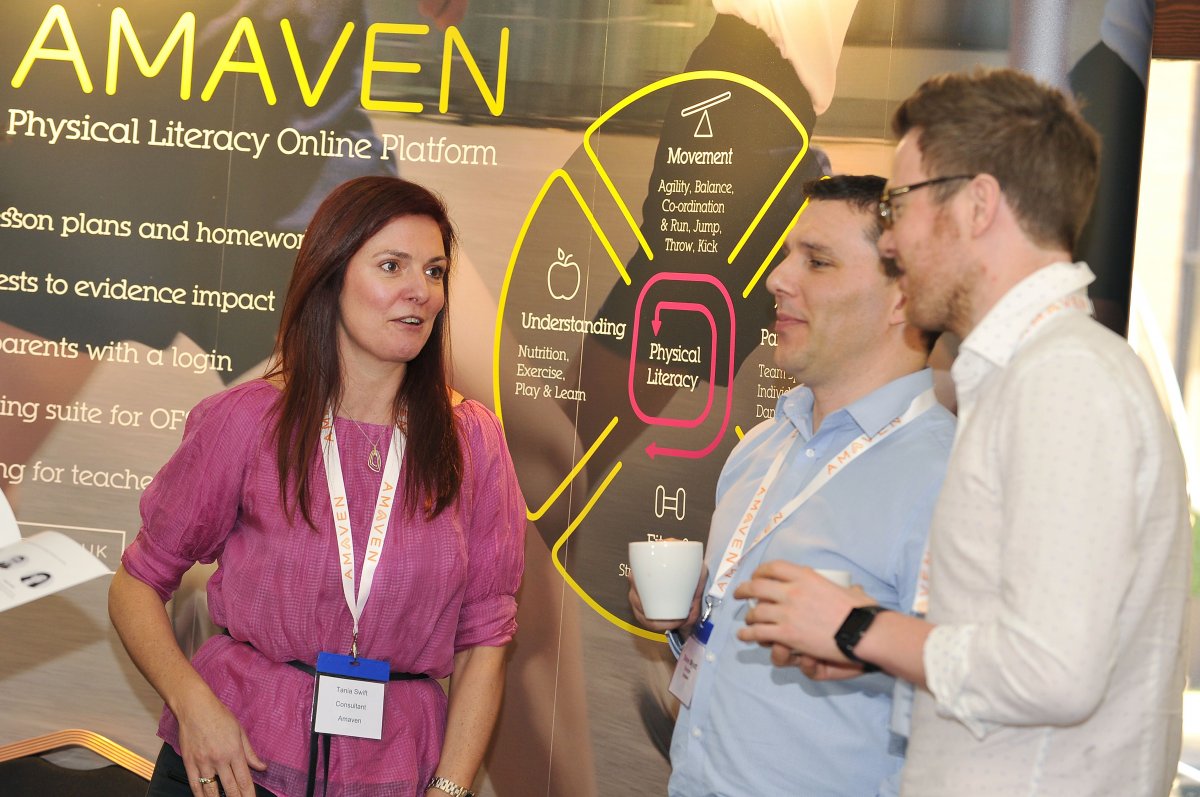
After listening to the first selection of speakers, it was clear that sport is much more than just physical fitness; sport drives community projects, partnerships and positive change, aswell as encouraging active bodies and minds. While Britain has always been invested in sports, participation is declining, especially in those who regularly play sport. In addition to this, we also have a duty to encourage a wider range of people who aren’t involved in physical activity to join in.
Andy reed, Chair and Co-founder of Sports Think Tank, echoed this as he discussed the importance of involving people from a variety of backgrounds in sport. He also focused on how the strategy had shifted to a more balanced approach which included mental wellbeing and physical activity, which encourages people to think of sport in a different way.
Olympic Bronze Medallist, Steve parry, spoke about turning inspiration into participation. He mentioned how the country came together during the 2012 London Olympics, by encouraging people of all backgrounds to unite through their love of sport. Steve also discussed the importance of getting children involved in sport from a young age. Children are the most sustainable way to increase future participation in sport; they develop habits quicker than adults, getting children involved with sport at the right age could develop into healthy habits that will stay with them for life and encourage their children to do the same.
Steve also touched on the importance of having a strong support network and the right resources available, every award winning athlete has a dedicated coach behind to support them all the way and the facilities to do so. This was further discussed by a spokesperson from StreetGames, a charity that uses sports to help change the lives of young people and children from disadvantaged communities. The charity aims to keep young people active and out of trouble and has had overwhelmingly impressive results. With this is mind, we must remember that charities such as StreetGames, community centre leaders, teachers, parents, family and volunteers work tirelessly to make sure sports is accessible and enjoyable to play, and it is our duty, as fitness professionals, to make their lives easier by providing additional support and the facilities they need to make sport possible.
Physical literacy should be taught in schools
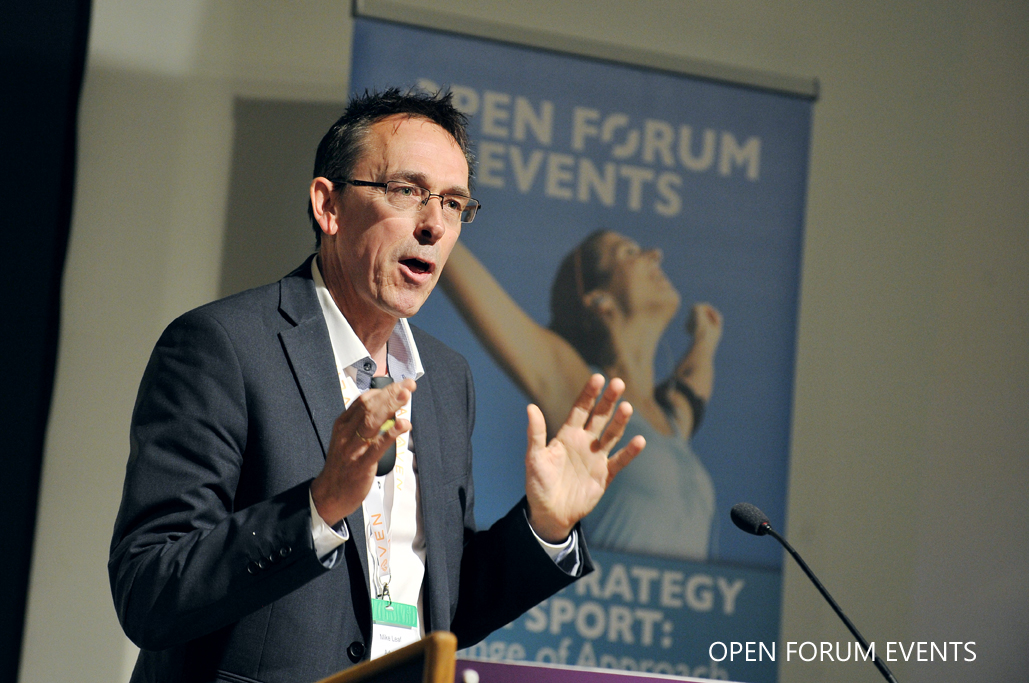
Mike Leaf, an advisor with years of experience in the public health sector, represented Amaven as he took to the stage to discuss the importance of teaching physical literacy in schools. Mike believes that children should be at the heart of sport strategy, especially as official figures state that 1 in 3 children now leave primary school obese. The answer to this serious issue is simple, we can improve participation in sport by improving physical literacy in schools.
Mike outlined the key issue that children must learn fundamental movements such as throwing, catching, jumping, balancing and other skills, before they reach the age of seven or they may never learn them. Once this window of opportunity has been missed, it will be more difficult for children to develop these skills and playing sport will become less enjoyable and more of a challenge. As humans, it’s natural to enjoy doing things that we are good at and avoiding things we don't excel at, while some children may be more skilled at certain sports than others, teaching physical literacy provides every child with the same opportunity to improve their skills so no child is left behind. When children have a good grasp of physical literacy they develop the confidence to play sports, this helps them to develop a love for exercise which they will enjoy participating in for the rest of their lives.
Integrating physical literacy into the primary school curriculum will guarantee that every child develops sporting skills, they will no longer lack the confidence required to participate in sports programmes and they will enjoy PE lessons more. Children in schools that have used Amaven to teach physical literacy have shown an improvement of 30% in their fundamental movement skills, 20% in fitness and 10% in understanding. Results like these are overwhelmingly positive, it only takes a short amount of time to improve physical literacy in children, but we need to act fast and get children involved as soon as possible for the most effective results.
Sport in the prevention of health issues
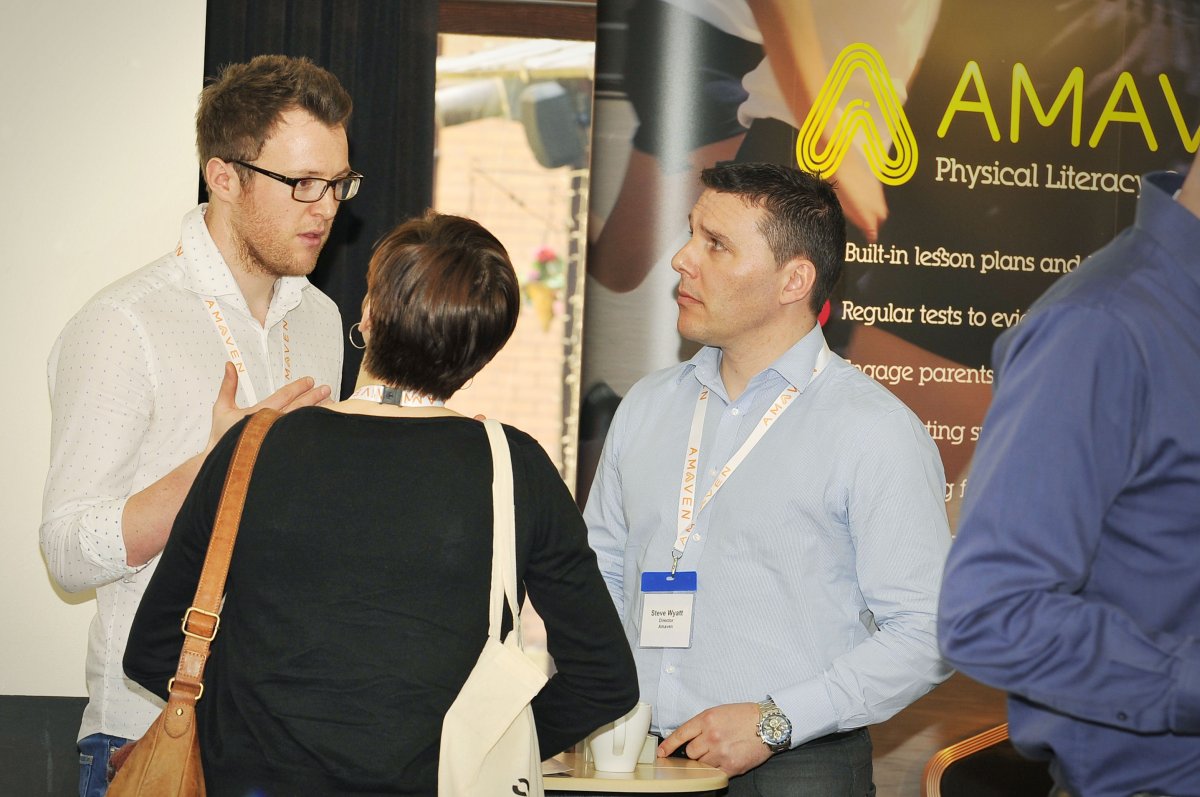
Professor Kate Ardern Director of Public Health, Wigan Council, discussed the positive impact that introducing sport has had on the community of Wigan. In the last year, physical activity interventions have had a significant impact on the health of the town and have increased the average life expectancy. In 2008/9 Wigan was ranked 34th of 39 North West local authorities for obesity, but it came in at 11th in 2013/14. Wigan’s smoking prevalence was also 4.7% above the nation average, yet this too had fallen to 1.8% by 2014.
Sport and physcial activity is the key to prevent illnesses and serious diseases, obesity rates in the UK are the highest they have ever been and by 2050 they are predicted to affect 60% of adult men, 50% of adult women and 25% of children, according to Foresight 2007. There is a strong link between obesity and serious diseases such as type 2 diabetes and heart conditions, aswell as strong evidence that being active reduces the risk of depression, anxiety and other mental health conditions. By increasing physcial activity, we are reducing these risk and helping people to lead healthier lives, whilst also lowering the costs on the NHS and the economy.
Public Health England has identified four programmes that could potentially save the NHS £500m a year by 2020/21 with relatively little outlay. Examples of this include the National Diabetes Prevention Programme, which aims to identify these at risk of Type 2 diabetes early. Those at risk are identified and then referred into evidence-based lifestyle interventions to address weight loss, healthy eating and physical activity via GPs and health checks to reduce the risk of developing the disease. Despite these effective programmes, Kate belives that we are still a health service dedicated to treating illness rather than implementing interventions, as just 5% of the NHS budget is spent on prevention. It will take a change of approach and a copious amount of case studies to convince the NHS to start using its budget to prevent rather than treat.
Encouraging a wider audience to get involved with sport
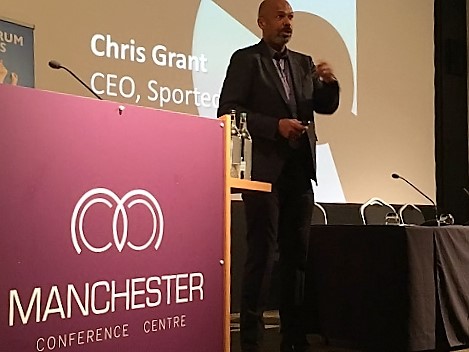
The strategy highlights the need to reach out to a larger selection of people who have previously never embraced sport. This group spans across different ages, classes, locations and genders, making it particularly difficult to target with one approach. It’s clear that we need to find a way to make sport and physcial activity accessible and appealing to everyone, especially those who are high risk of developing diseases, to make a significant change – but how can this be done?
Now that all of the messages of the conference have sunk in, we have had chance to reflect on the key points and share our thoughts about how we can transform these messages into actions to increase participation of sports.
Technology
Adults in the UK spend two hours on their smartphones every day, with 34% of adults checking their phone within the first five minutes of waking up and 49% of 18-24 year olds doing the same. While many people may blame technology for the inactivity crisis, we believe that it should be used as an ally.
One of the easiest ways to do so is to create a fitness programme that can be accessed through a mobile device. For example, Amaven’s personalised exercises programmes are cloud based, which means they can be accessed on a computer, laptop, phone or tablet. Users can work on areas of weakness that could be affecting their performance in sports, or their general fitness, in their own time. Which gives people more time to practise sporting skills at home, which translates into an imrpoved performance on the field.
Intergenerational
Some of the groups we need to focus on are young children and the elderly; young children need to develop fundamental movement skills and older people need to use these to prevent frailty and falls. While this isn’t true of everyone, the majority of carers of young children are grandparents, who typically look after the kids while the parents are at work. By combining these two groups, we can deliver safe and effective programmes that will positively benefit both parties.
Routine
Exercise shouldn't be a choice, it should become part of our daily routines just as brushing your teeth, or going to work is.
For children this starts at school, as mentioned previously, we need to make sure that physical literacy is being taught in the same way that other subjects are so children have an understanding from an early age. One primary school is making progress with this by getting their students to run a mile everyday before lessons start, which creates a healthy routine for the kids to follow. Workplaces could also adopt this trend by holding short 5 minute breaks for exercise throughout the day.
Join our mailing list and receive the best articles about sports, fitness and health that we only share with private newsletter subscribers.